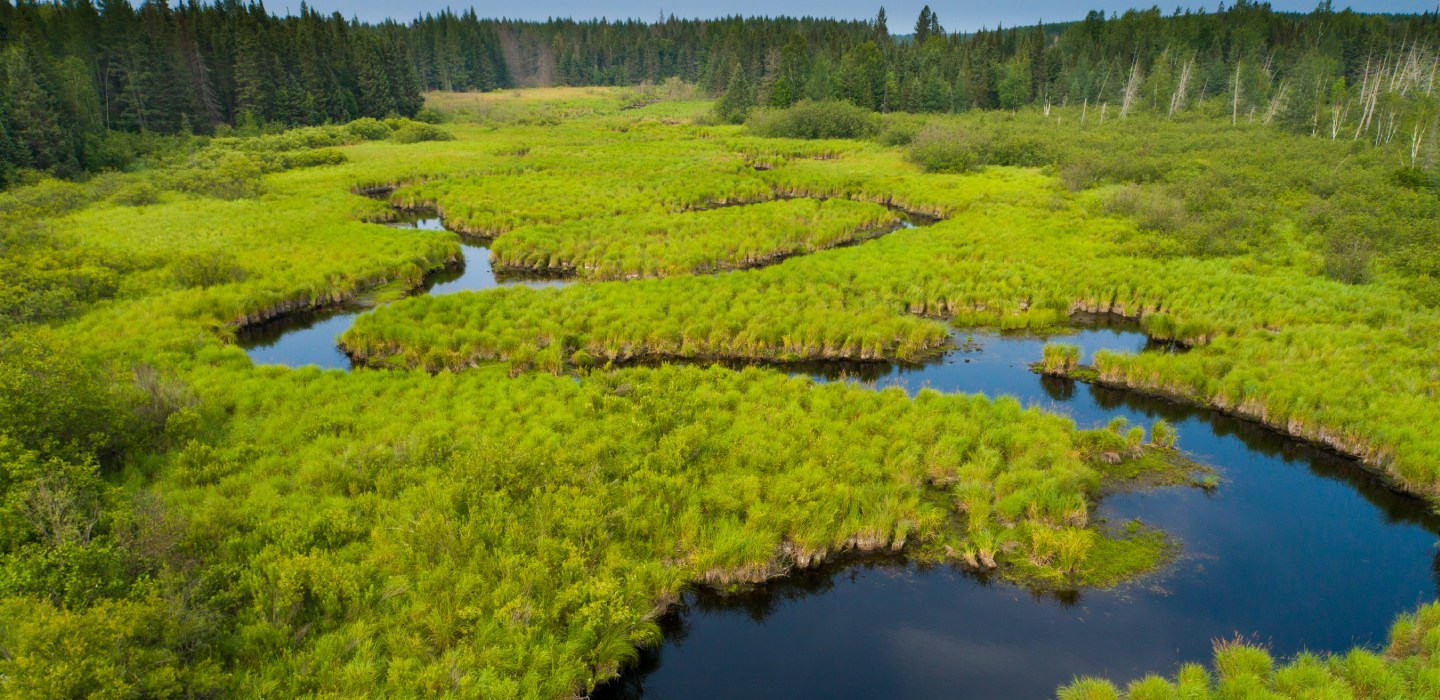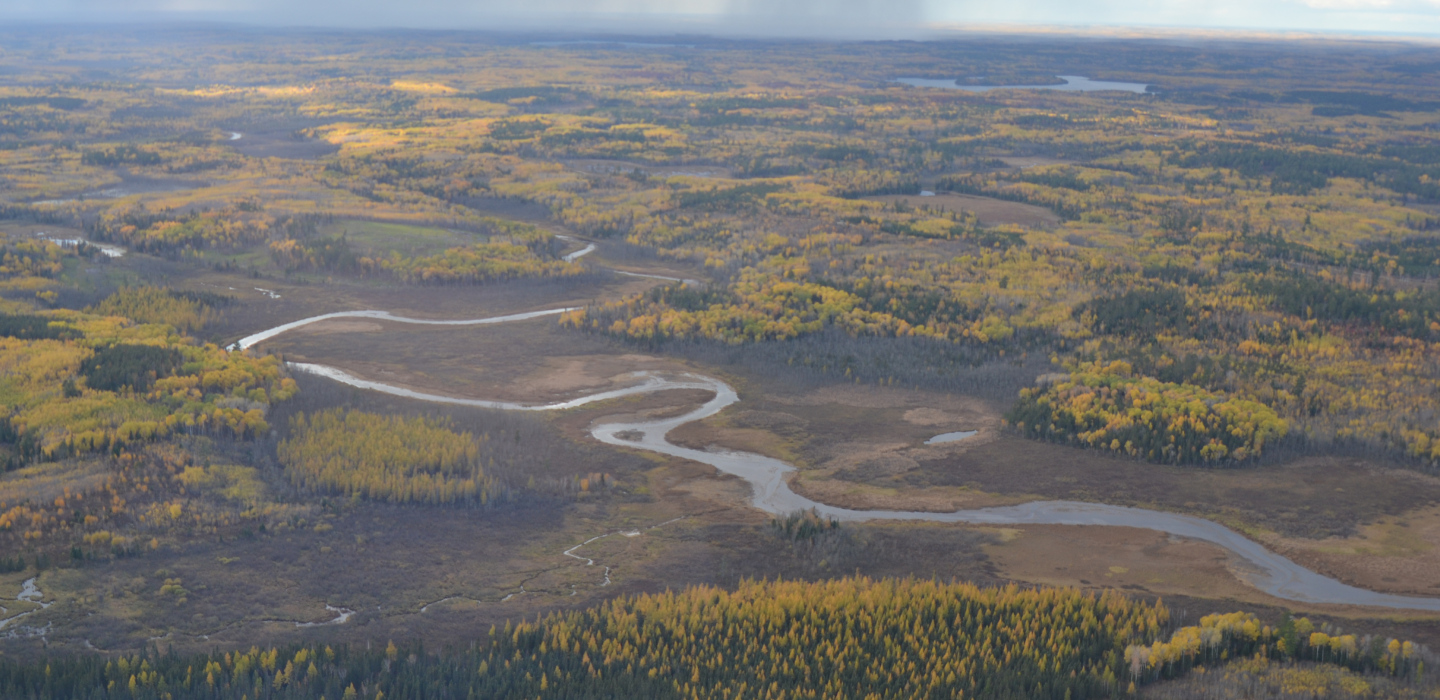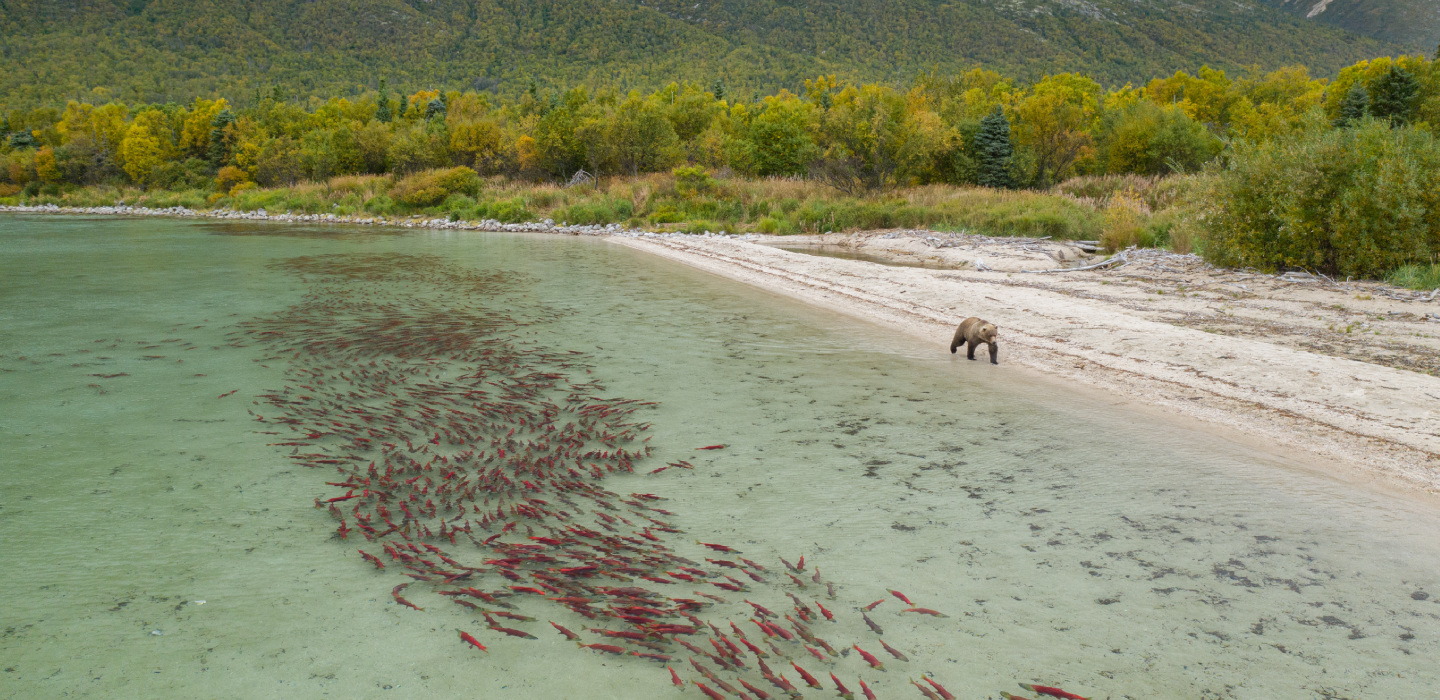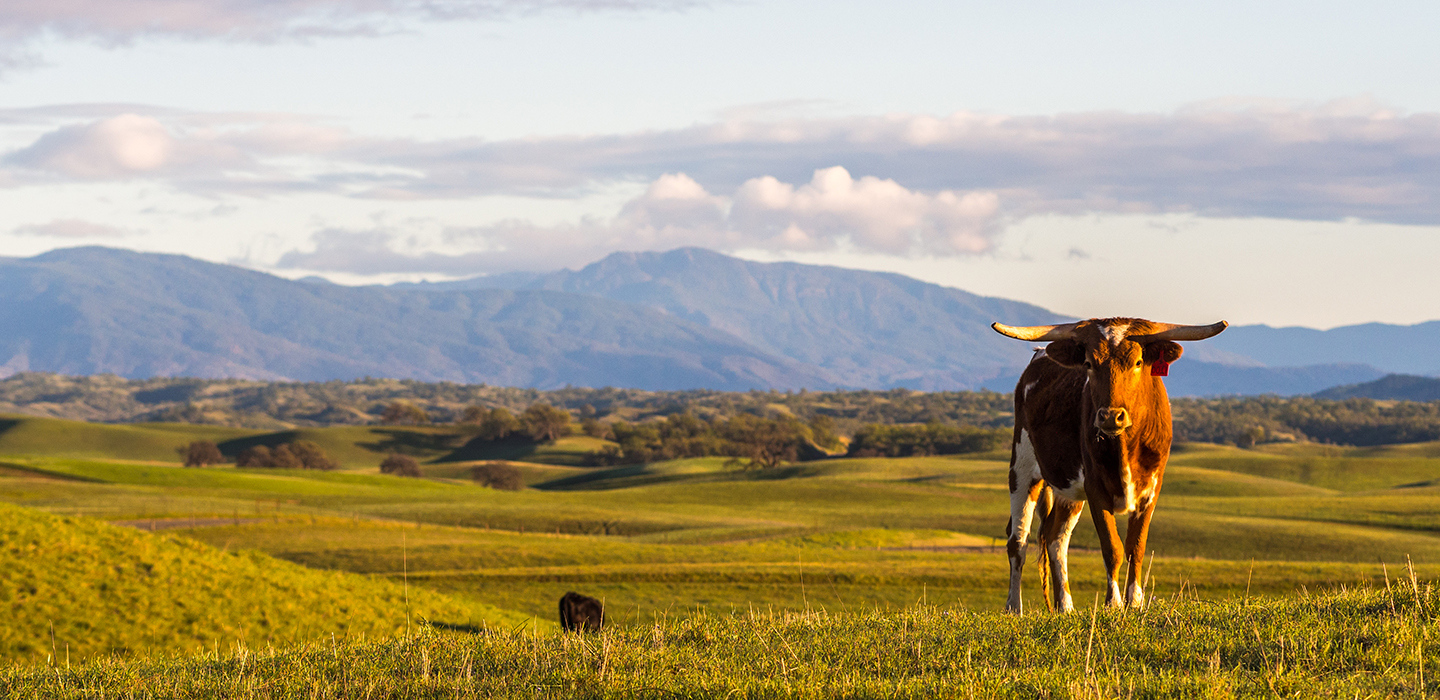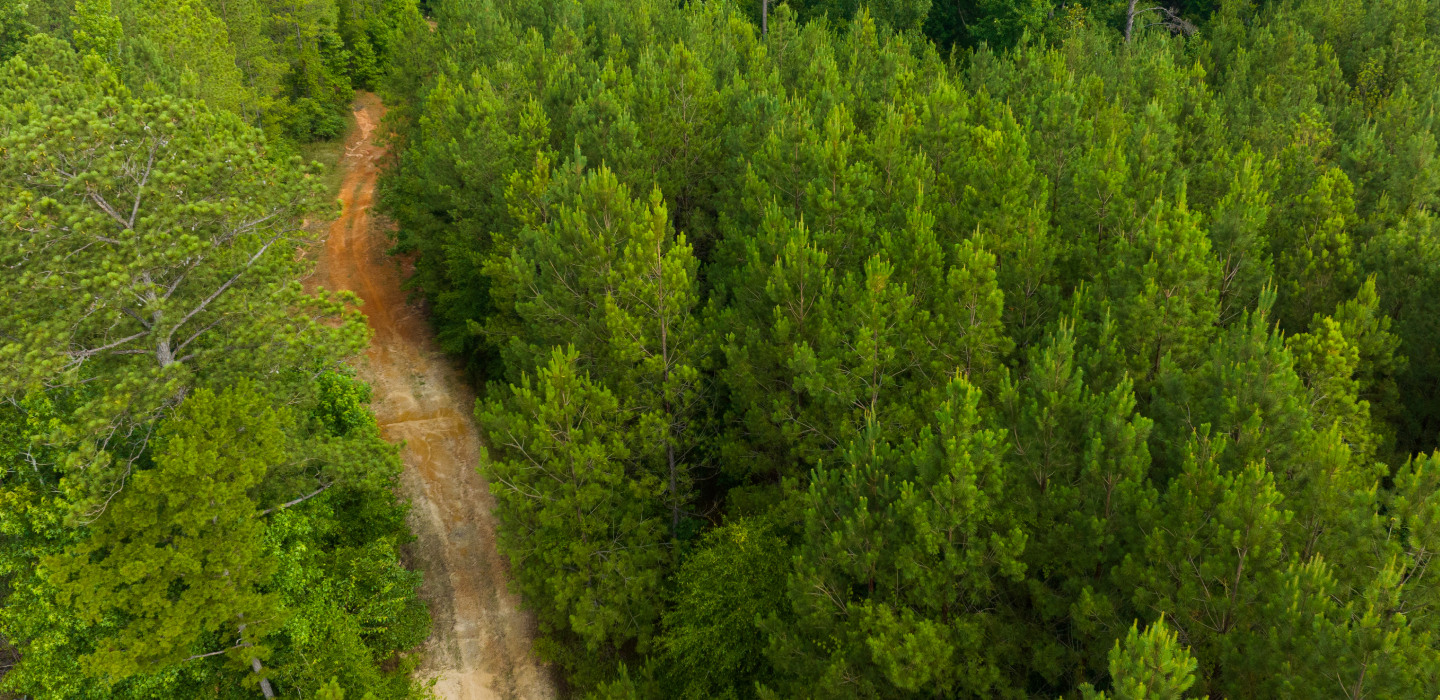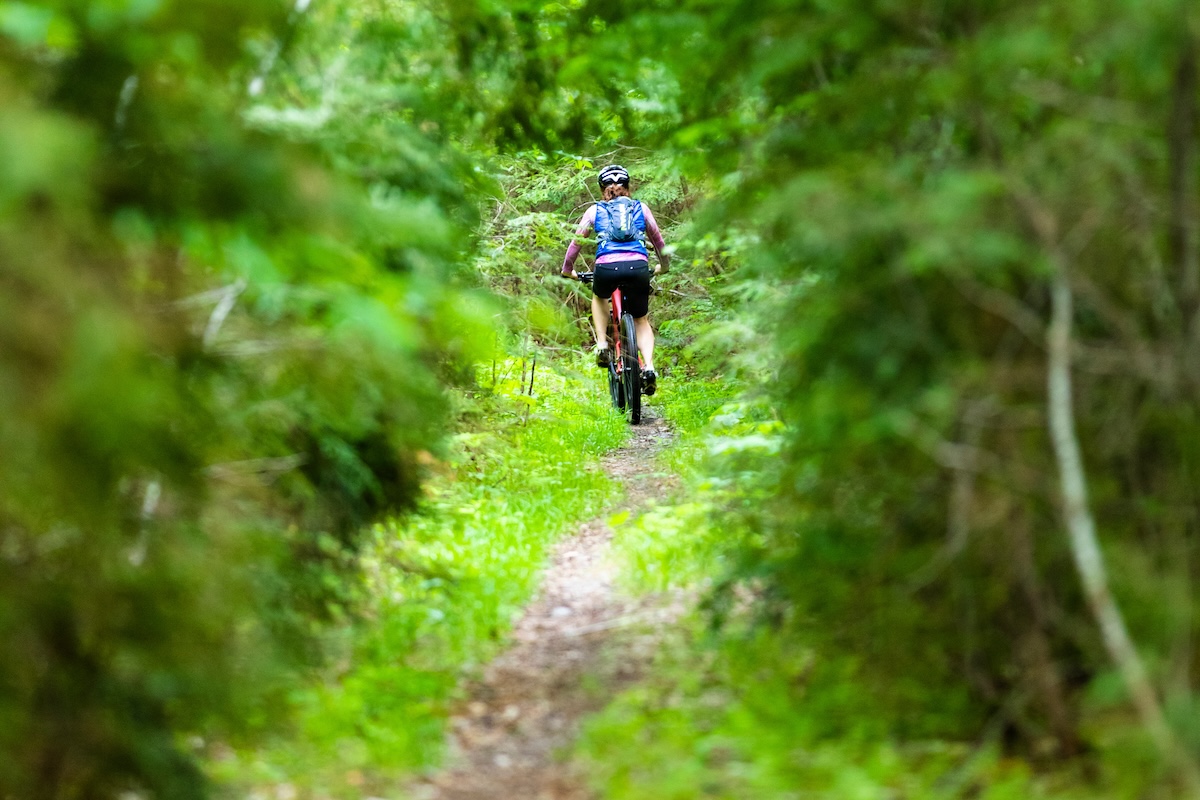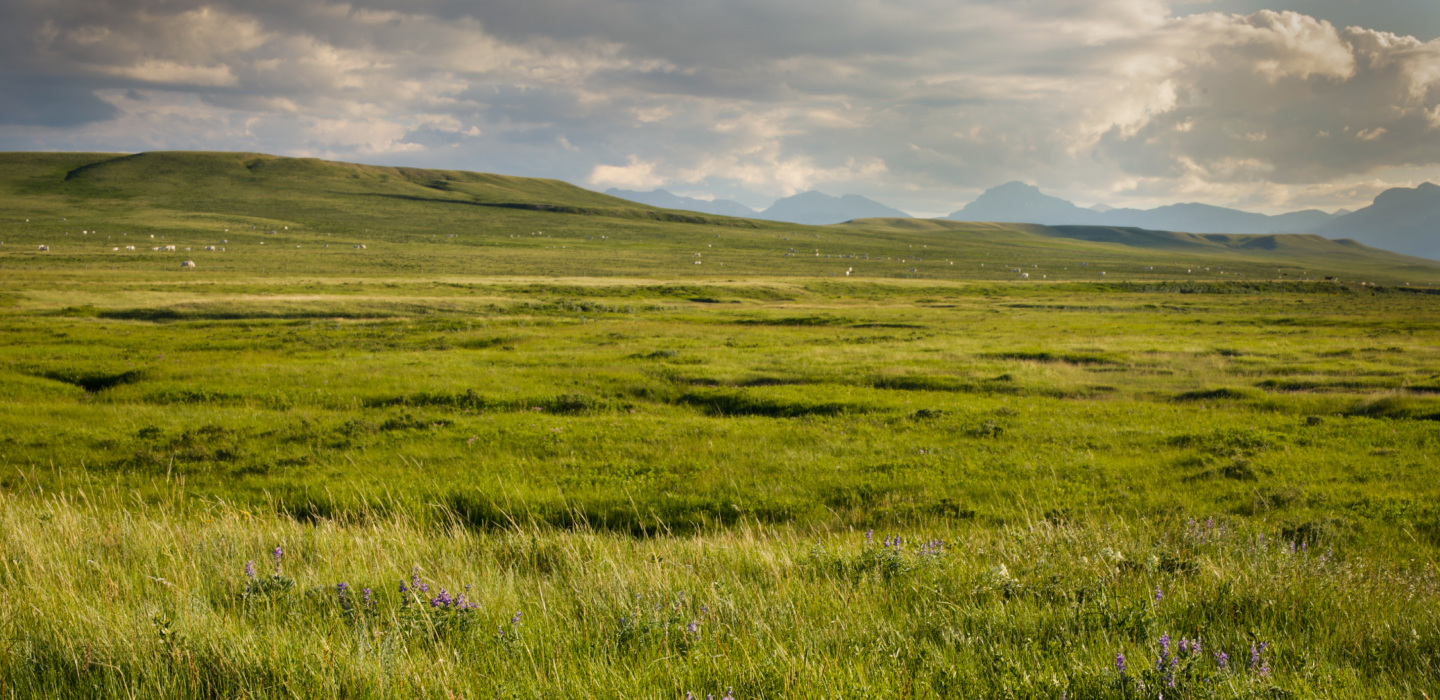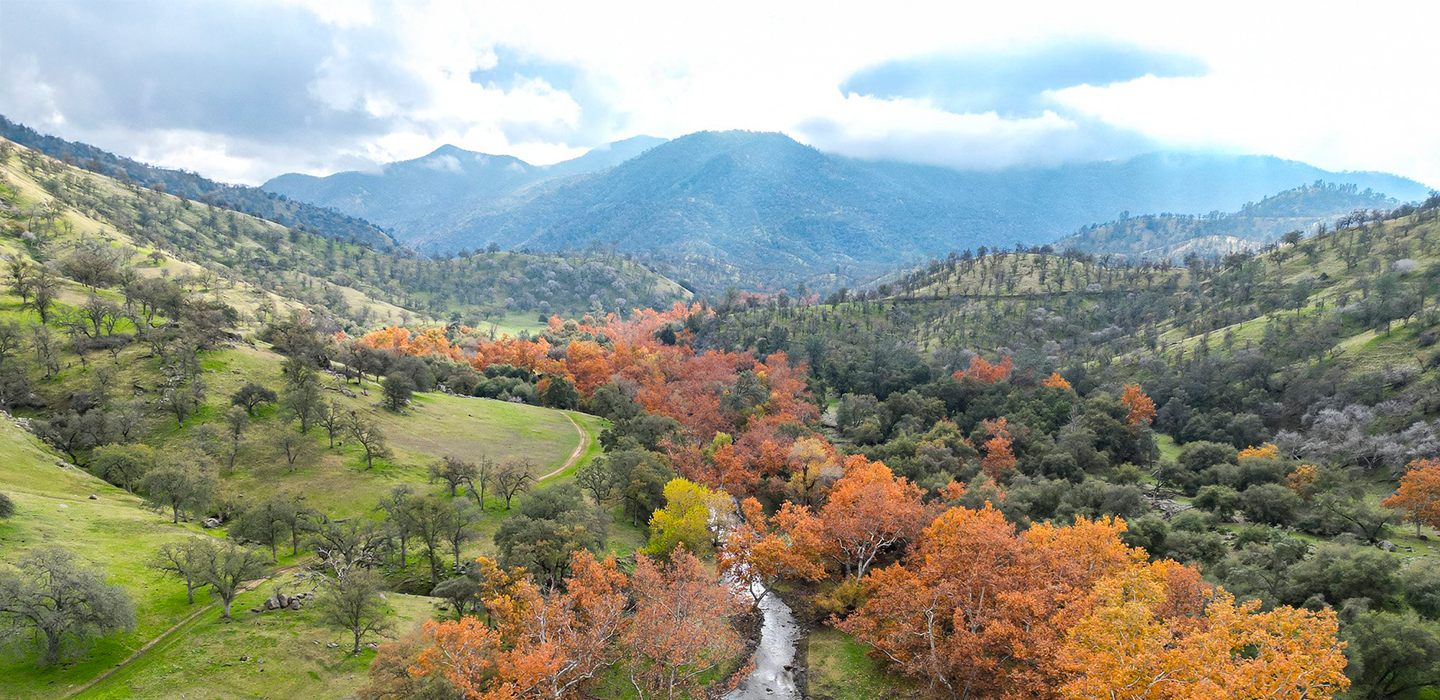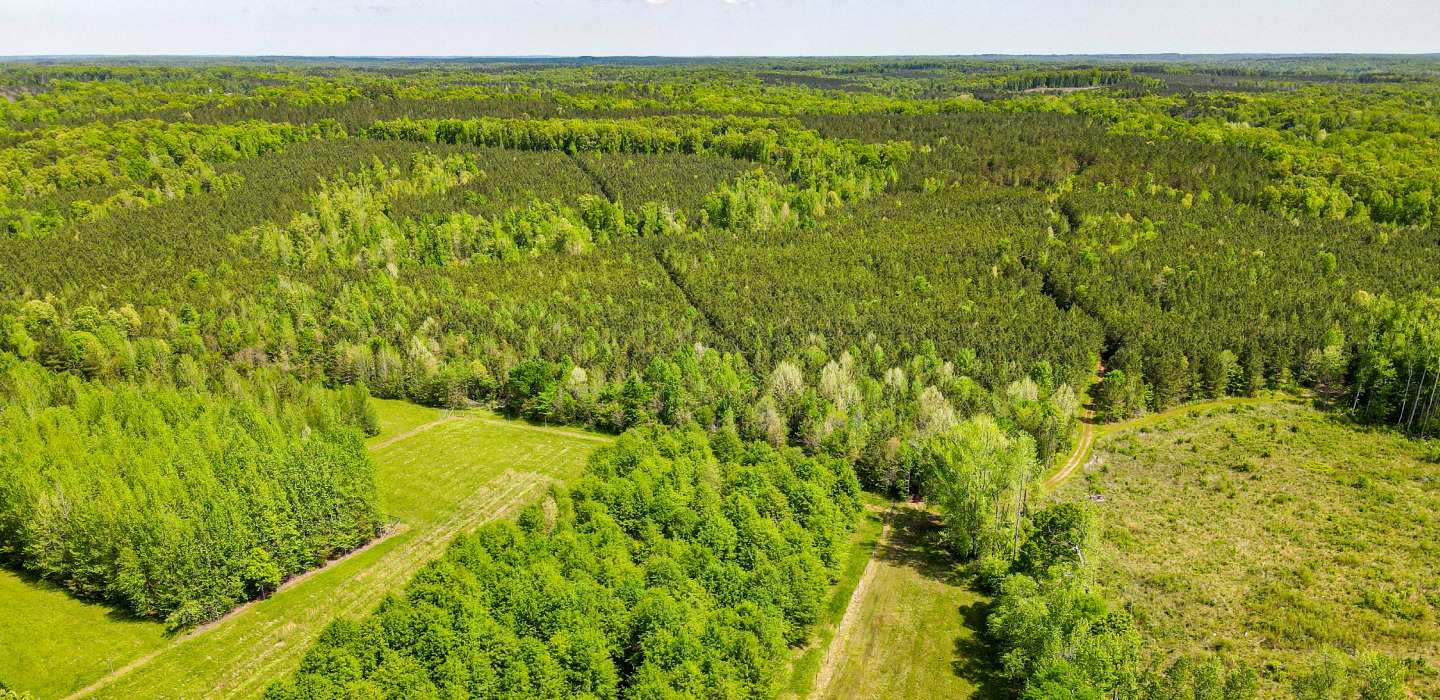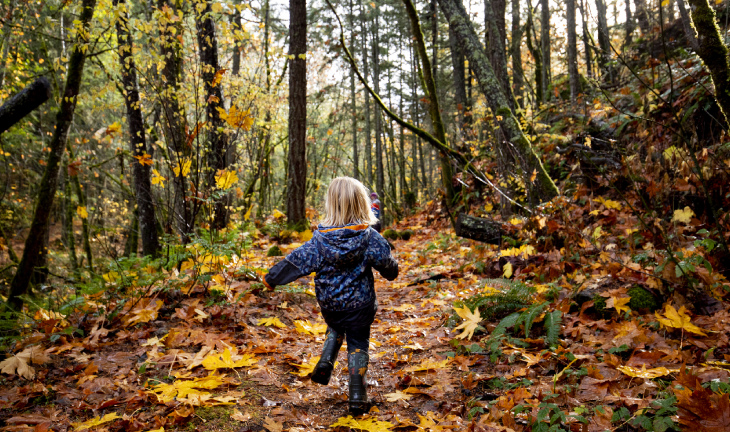Strategic Conservation Plan: Blackwater 2100
This region — and the endangered Delmarva Fox Squirrel — faces new peril from rising sea levels. We’re part of the solution.
The vast tidal marshes of the Chesapeake Bay region are an ecological treasure. Nowhere in the Bay are these marshes more abundant and dominant on the landscape than in southern Dorchester County, Maryland, especially at the Blackwater National Wildlife Refuge. They provide essential habitat to a suite of specialized, at-risk birds that evolved in this landscape, such as saltmarsh and seaside sparrows, clapper rail and black rail.
Migratory waterfowl, other birds and terrestrial species, including the iconic American bald eagle and the endangered Delmarva Fox Squirrel also make their homes in the marshes and mixed pine and hardwood forests. For generations, people have also made homes and livelihoods in or nearby the marshes, creating a uniquely rich culture and history that is integral to our nation’s story. People and wildlife continue to share this unique, dynamic landscape where land and water come together.
But this region faces new peril from rising sea levels. Worldwide sea levels have risen approximately six inches over the past century, and in the Chesapeake Bay it’s double that. Scientists predict that sea levels will rise at an accelerated rate as a result of the continuing build-up of carbon dioxide and other greenhouse gases in the earth’s atmosphere. These gases trap heat, causing thermal expansion in the oceans and melting glaciers and polar ice at increased rates.
Given what we know about rising sea levels, what will the tidal marshes of Dorchester County look like in the future? How do we ensure that Dorchester’s marshes persist for the benefit of people and the special birds that need this habitat for survival?
Strategies for the Future
The Conservation Fund and Audubon Maryland-DC published the Blackwater 2100 report, an assessment of Dorchester County’s tidal marsh loss due to sea level rise, projected through the end of the century. This collaboration with the U.S. Fish and Wildlife Service, Maryland Department of Natural Resources and many other agencies and individual experts also outlines key strategies that help slow the rate of loss, improve the health of the marshes and ensure the marsh has room to move and re-establish as the tide rises.
Why This Project Matters
Our actions today determine the fate of these treasured marsh lands. It is our hope that the Blackwater 2100 report engages the community and helps them realize the opportunity we have to shape the best possible future for Dorchester County.
Project Staff


